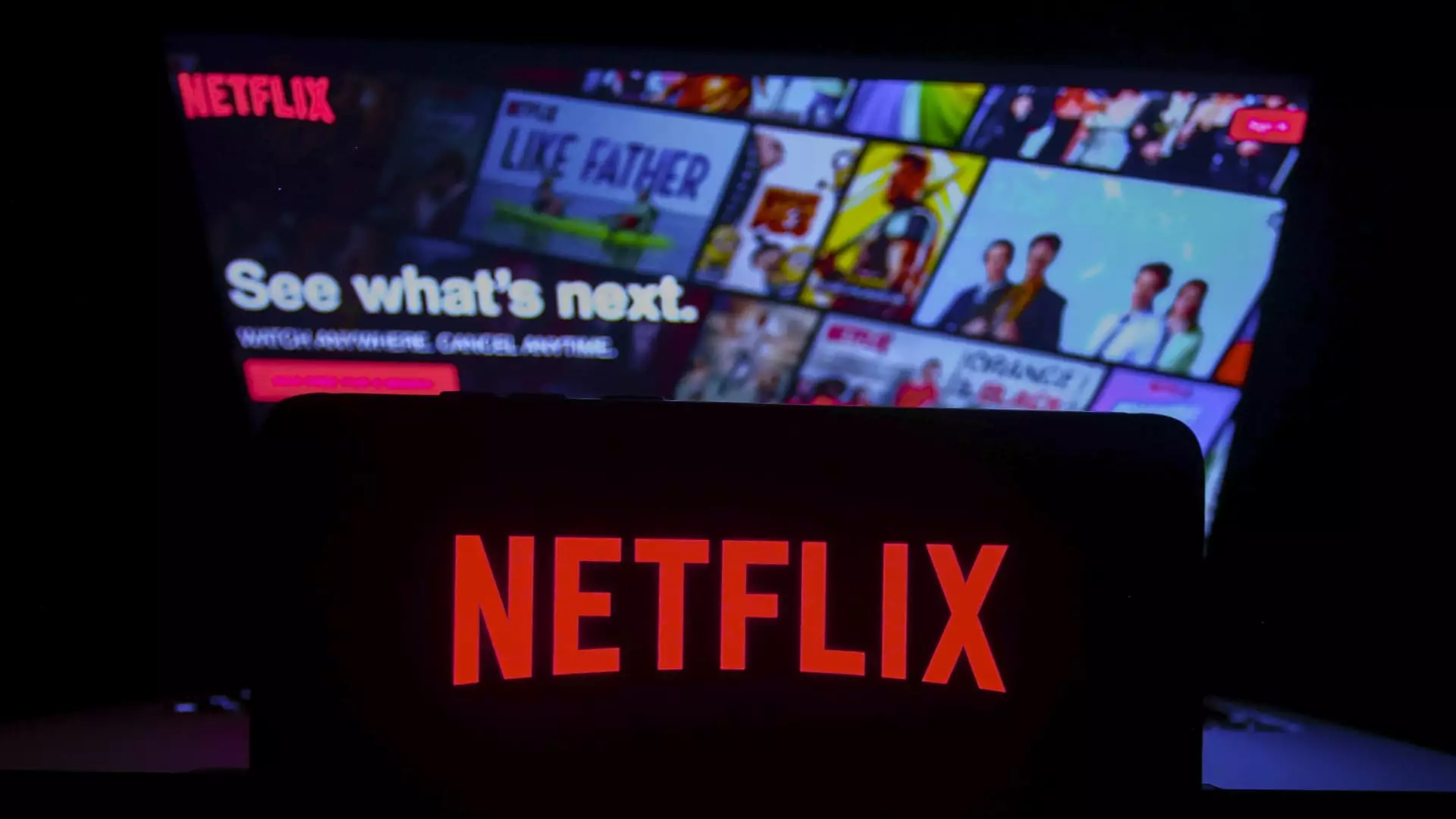For years, Netflix appeared unstoppable, bolstered by an impressive catalog of hit shows and a seemingly unrivaled subscriber base. However, as the industry matures and consumer habits evolve, the myth of everlasting leadership begins to crack. Experienced insiders like Tom Rogers now voice concerns that the platform’s growth and engagement metrics are stagnating, signaling that Netflix’s once-unassailable position might be more fragile than it appears. The narrative of perpetual dominance is under siege not from major rivals alone but from the seismic shifts in content consumption driven by open platforms like YouTube.
Engagement — The True Metric of Power
Netflix’s recent quarterly report painted a rosy picture, with revenue and profitability exceeding expectations. Yet, financials do not tell the full story. Rogers highlights that while subscriber numbers remain strong, the real battleground is viewer engagement. Quantitative decreases in average viewing time per user reveal a waning consumer interest—an ominous sign for Netflix’s future. The platform’s growth is no longer driven by deepening loyalty but by a transient influx of new users who may not be sticking around. As engagement diminishes, so does the persuasive force of Netflix’s subscription model, threatening its ability to justify ongoing price hikes and massive programming investments.
Free Content and the YouTube Challenge
Though Netflix continues to produce high-quality original content, it faces a significant obstacle: the effortless, free access to vast entertainment reserves on YouTube. This platform now garners 13% of total TV viewership, surpassing Netflix’s 8%. For viewers, the allure of free, user-generated content and quick access to a dizzying array of videos dilutes the value proposition of subscription-based services. The shift indicates that audiences are increasingly gravitating toward accessible, no-cost entertainment, thereby weakening the economic model that underpins traditional streaming giants.
The Promise and Peril of Artificial Intelligence
AI appears to be a double-edged sword for Netflix. While it offers opportunities for cost reduction through targeted advertising and personalized content curation, it equally democratizes content creation. The threat isn’t just theoretical—AI-enabled amateurs on platforms like YouTube can now produce professional-quality productions at a fraction of the cost of traditional studios. This democratization undercuts Netflix’s exclusive control over high-quality programming and places viewers in an environment replete with low-cost, high-quality content produced outside conventional industry boundaries. Such a dynamic erodes Netflix’s competitive edge and threatens to fragment the audience further.
Market Reality Checks and Future Outlook
Despite recent stock dips post-earnings, Rogers remains cautiously optimistic that Netflix will hold its position as the most valuable media company—at least in the near term. However, this optimism seems to underplay the gravity of the shifting landscape. The industry’s center of gravity is gradually moving away from proprietary content towards platforms that leverage user-generated content, AI, and new monetization models. Netflix’s challenge isn’t just about staying ahead; it’s about adapting rapidly to a new ecosystem where traditional content silos are dissolving and consumers hold the power.
Netflix’s crown as the leading streaming service is under sustained threat—not from an imminent competitive takeover but from fundamental evolutions in how content is created, distributed, and consumed. While the company’s market value still reflects its historical dominance, ignoring the subtle yet persistent signs of engagement decline and rising competition from unorthodox channels could be perilous. The future belongs to those willing to recalibrate their strategies—embracing innovation without losing sight of the core value propositions that built their success. Netflix must confront this new reality head-on or risk becoming a legacy brand overshadowed by more agile, innovative disruptors.

